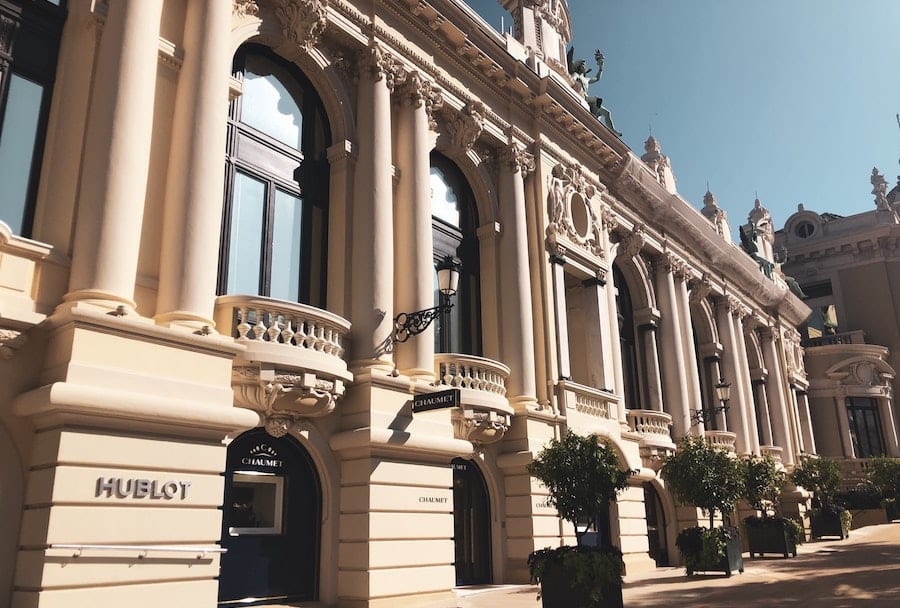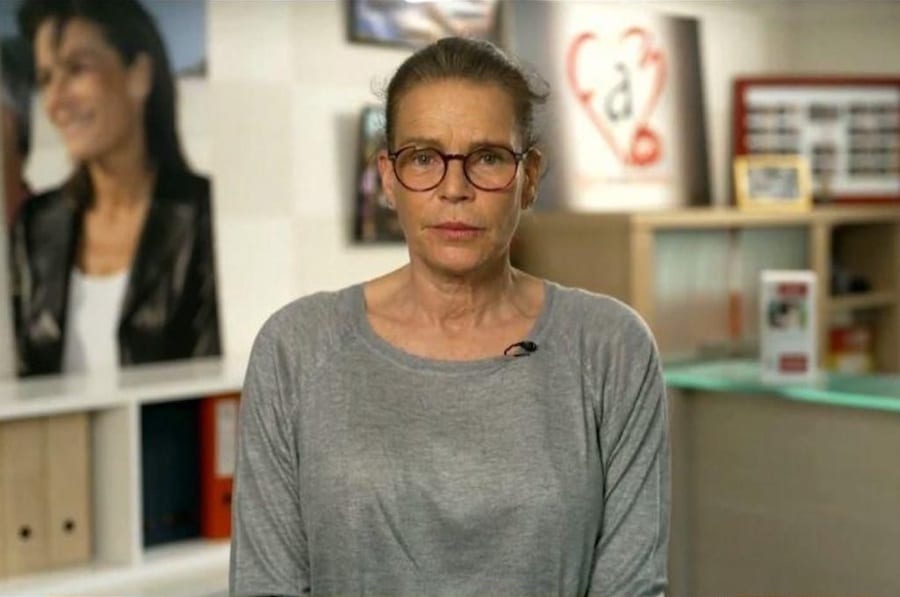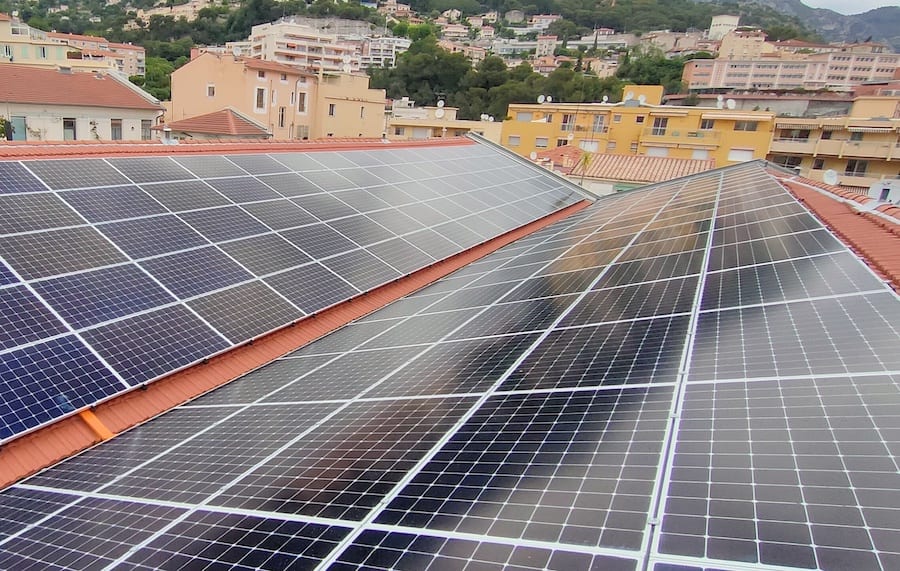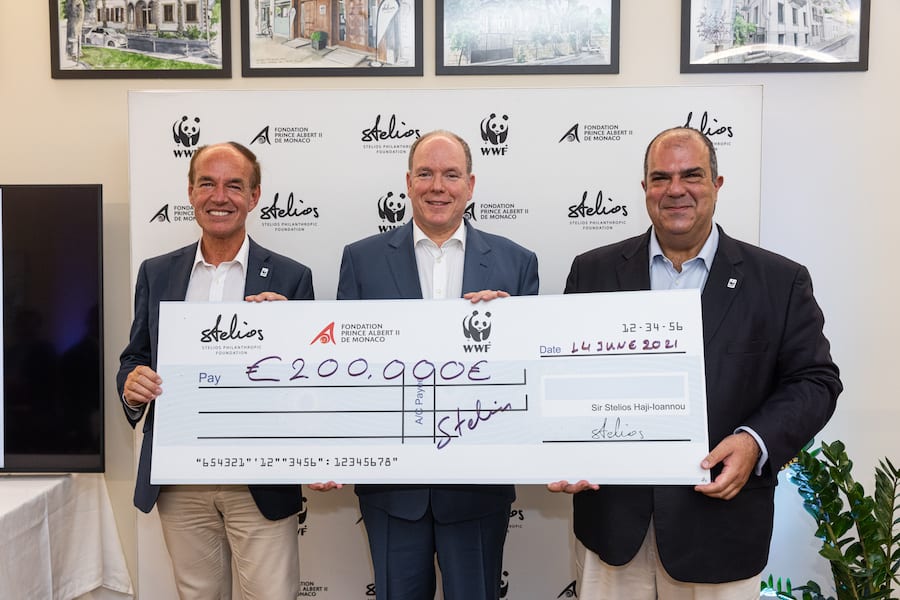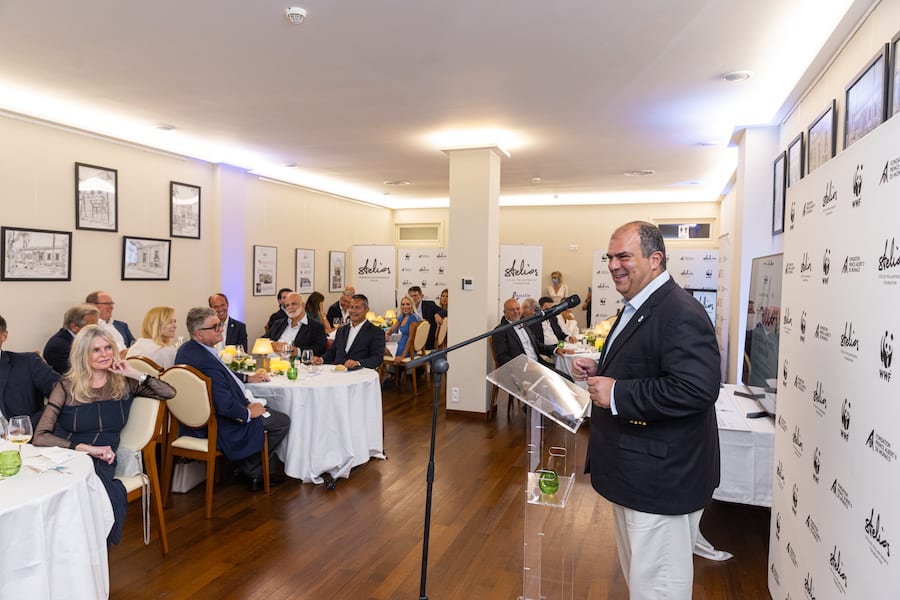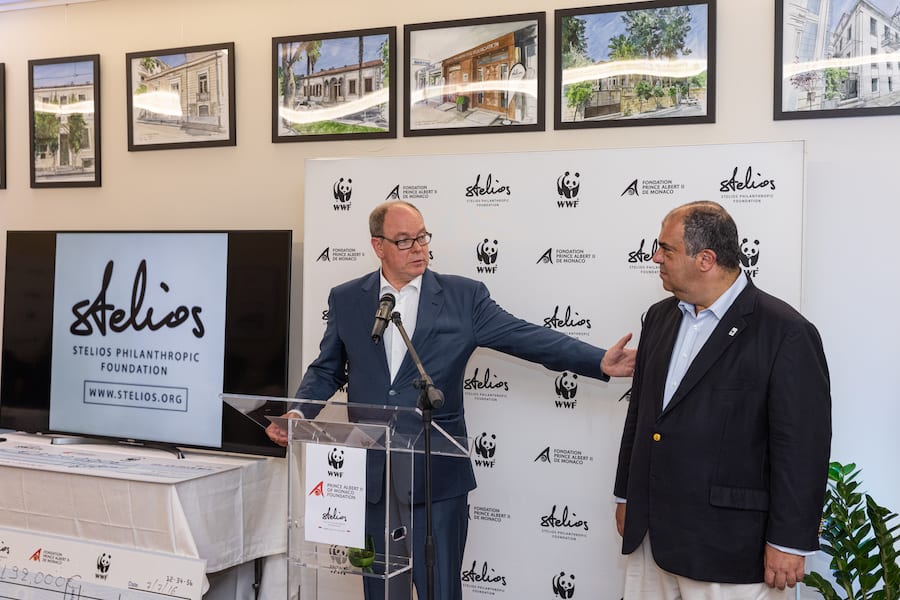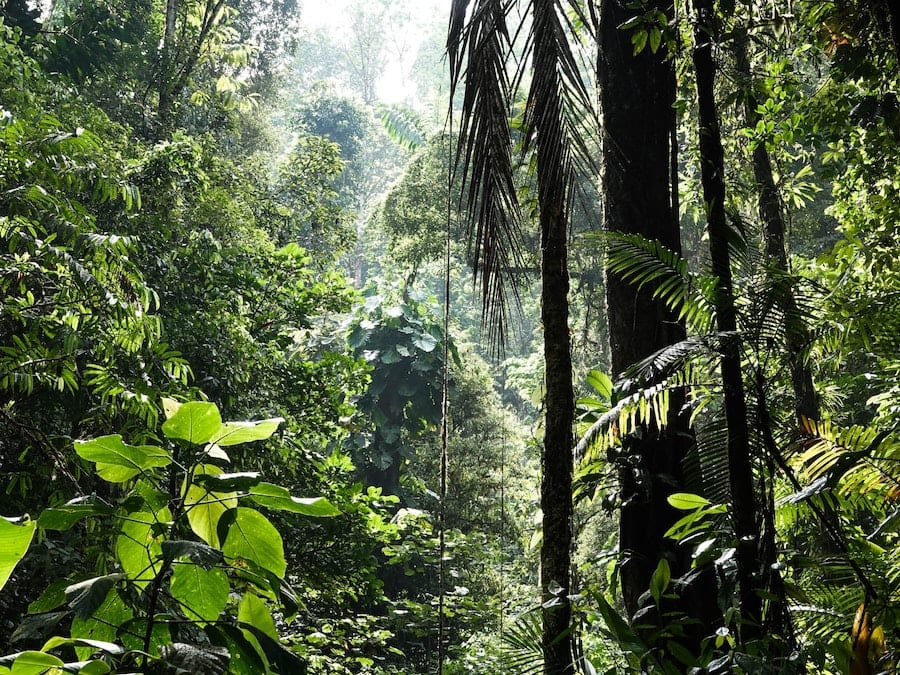The first quarter of 2021 was marked by the pandemic in Monaco, but not to the extent of the previous year, according to IMSEE’s latest report.
IMSEE, the Monaco government’s statistical agency, on Tuesday released its Economic Bulletin for the first trimester of this year. Not surprisingly, the period was defined by the health crisis and the ongoing effects presented by it.
The Principality started its vaccination programme during this time and was fortunate to have been able to avoid a complete lockdown, allowing certain activities to continue, albeit under restrictive conditions. Despite this, many sectors suffered.
On a positive note, the global volume of trade outside of France progressed, with a +13.2% rise, equalling €625 million. This is encouraging, but it still remains well below the levels of 2018 and 2019.
Imports were up a modest +4.8% and it is mainly exports that have benefited from the upturn in international activity, rising +26.7%. The more marked increase in exports than imports mechanically reduces the trade balance deficit by -€91 million, and the cover rate (import/export) is recovering with 74.7% in 2021 versus 61.8% in 2020. Europe remains Monaco’s biggest trading partner and outside of France, Italy is the next biggest partner, followed by Germany and Belgium.
Turnover in Monaco excluding financial and insurance activities amounted to €3.22 billion, down €259 million compared to 2020, or -7.4%. Only large business sectors saw their turnover increase.
Retail saw a big jump on the previous year, with a +21.1% rise in sales figures. This is explained principally by a rise in the automobile trade, jewellery stores and art galleries.
There was also a rise in sales for those making products in rubber and plastic, as well as pharma, where they saw a €14 million gain equalling +7.7%.
Financial and insurance sectors took a big hit, down -39.1% on the previous year. Equally hard hit was the real estate and hospitality sectors who are down -41.3% and -40.1% respectively.
Private sector employment indicators were down in the first quarter. After seeing improvement at the end of 2020, the new year brought another downturn, with 51,390 active jobs in Monaco, a decrease of -3.9%. Catering and accommodation saw a 23.2% drop, though construction saw a +4.7% increase, showing some glimmer of positivity.
The creation of new businesses was down slightly from 208 in 2020 to 188 in 2021 and the number of failed businesses was also down, from 130 in 2020 to 118 in 2021. The activities who fuelled this were largely from the scientific and technology and administrative and support services sectors.
The main hotel indicators are still down sharply, as less tourists are arriving and average stays are decreasing. Only the month of March shows an increase in the occupancy rate of 57%, but still doesn’t touch previous years. The activities of cruise passengers remain at a standstill following the closure of territorial waters and air traffic remains significantly down as well. Due to the limitation of air traffic, the lion’s share of visitors remain very largely European at over 90%.
The real estate market is down compared to the previous years as well. New builds remain at a very low level but comparable to what it usually is during this first quarter. The real estate resale market is down -4% in volume but -27% in value. January’s results primarily explain this decline, as the market rebounded in March with an increase of +32.4% in volume and +4.3% in value.
The number of new vehicle registrations is trending upwards by +18.2%. The use of public car parks decreased slightly by -6%.
The Economy Bulletin put out by IMSEE presents key figures for the Monegasque economy on a quarterly basis. These figures relate to the sectors of Tourism, Real Estate, Transport, Foreign Trade, Consumption, Finance and Employment. The data for the period is based on the previous year’s same quarter.
Mixed bag economically for first trimester
